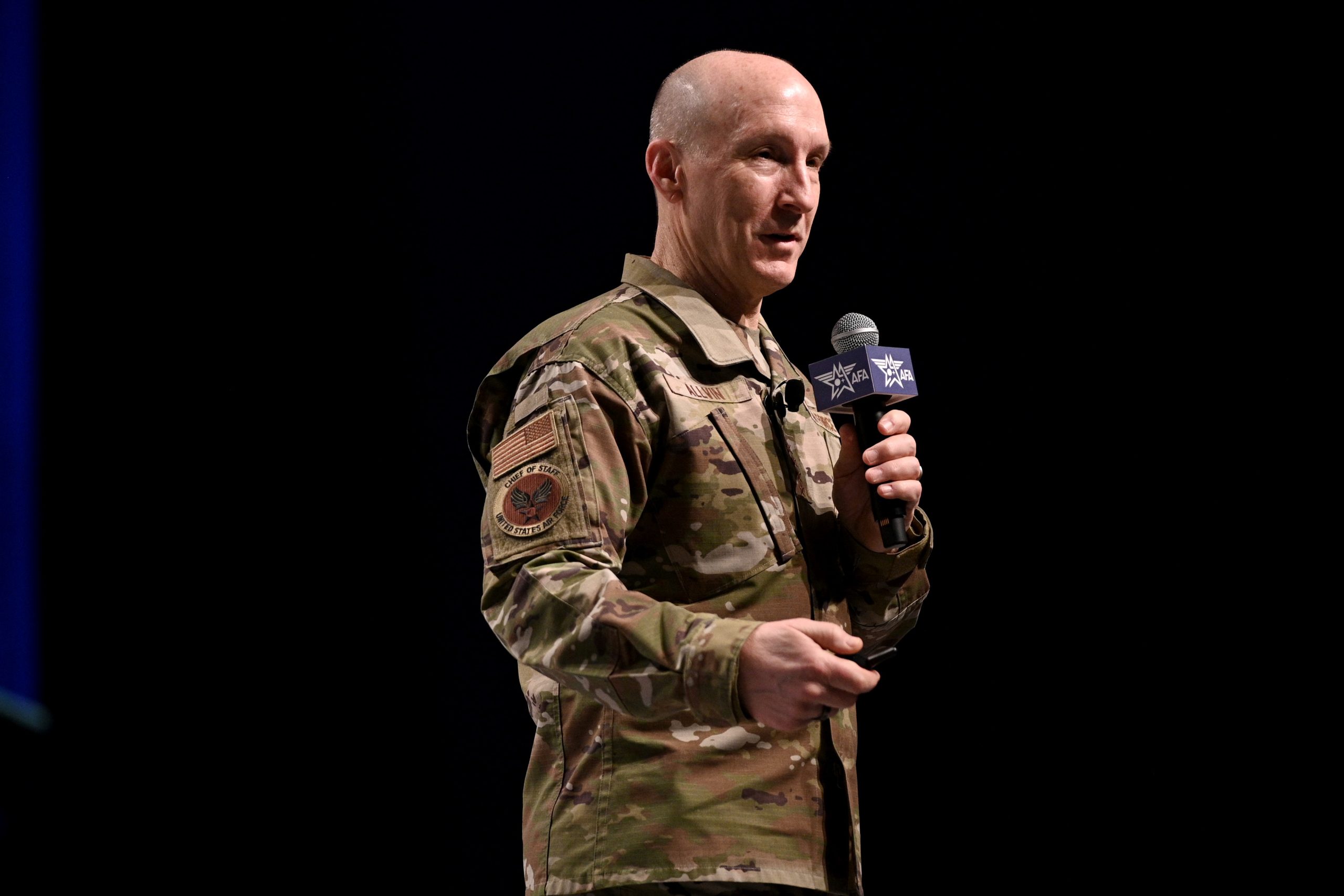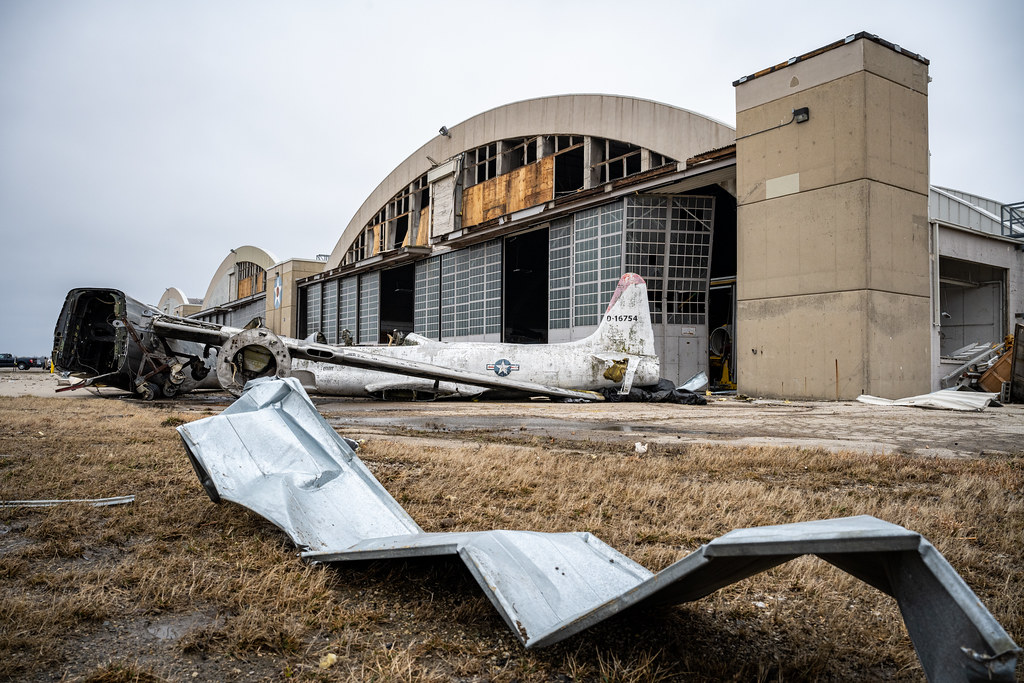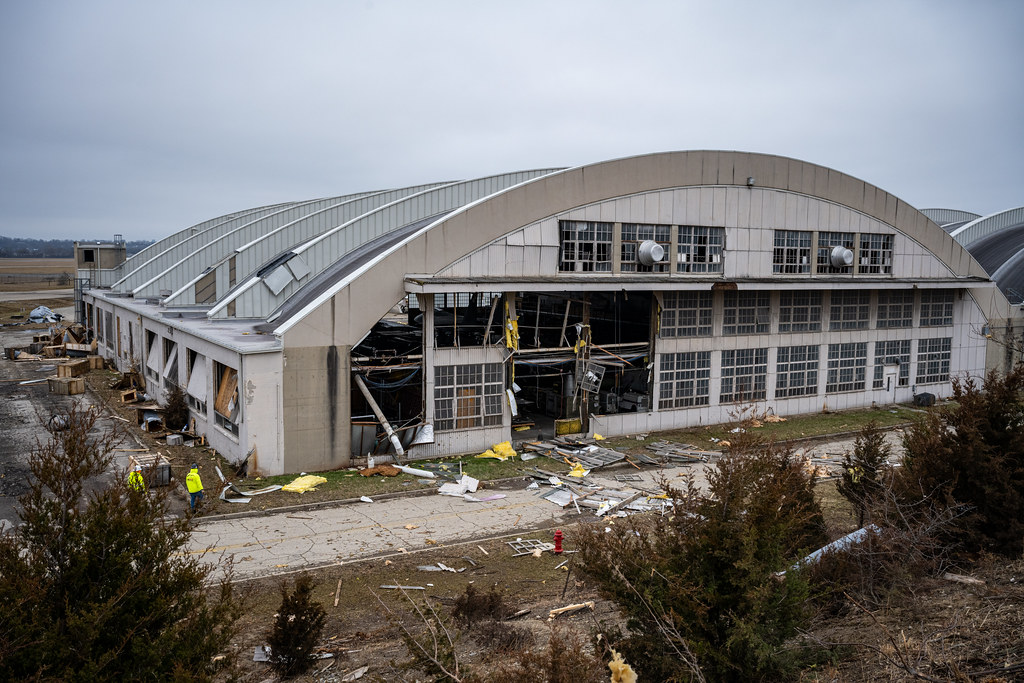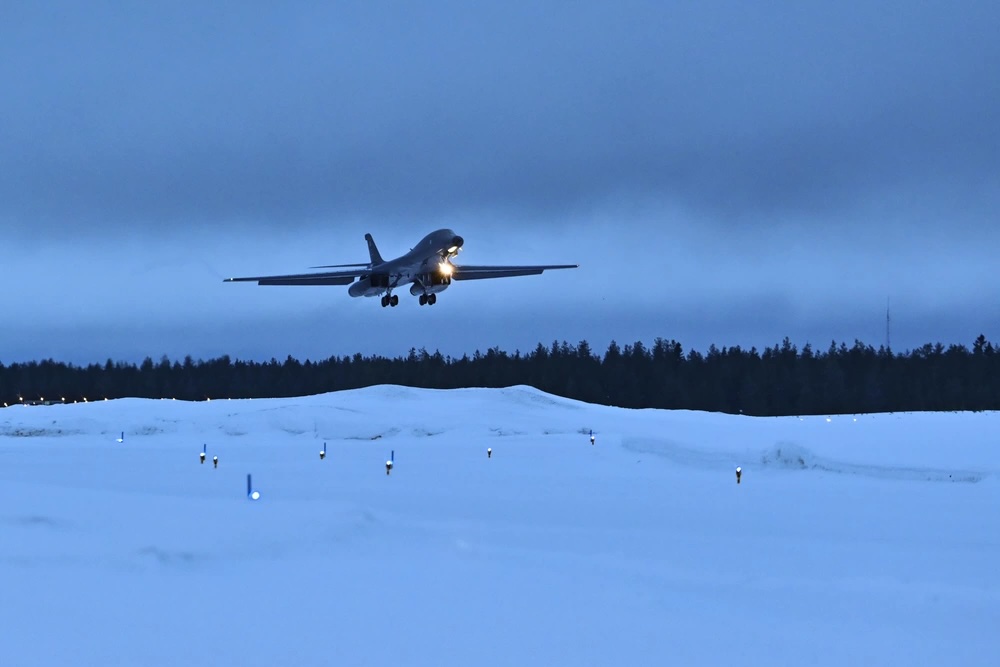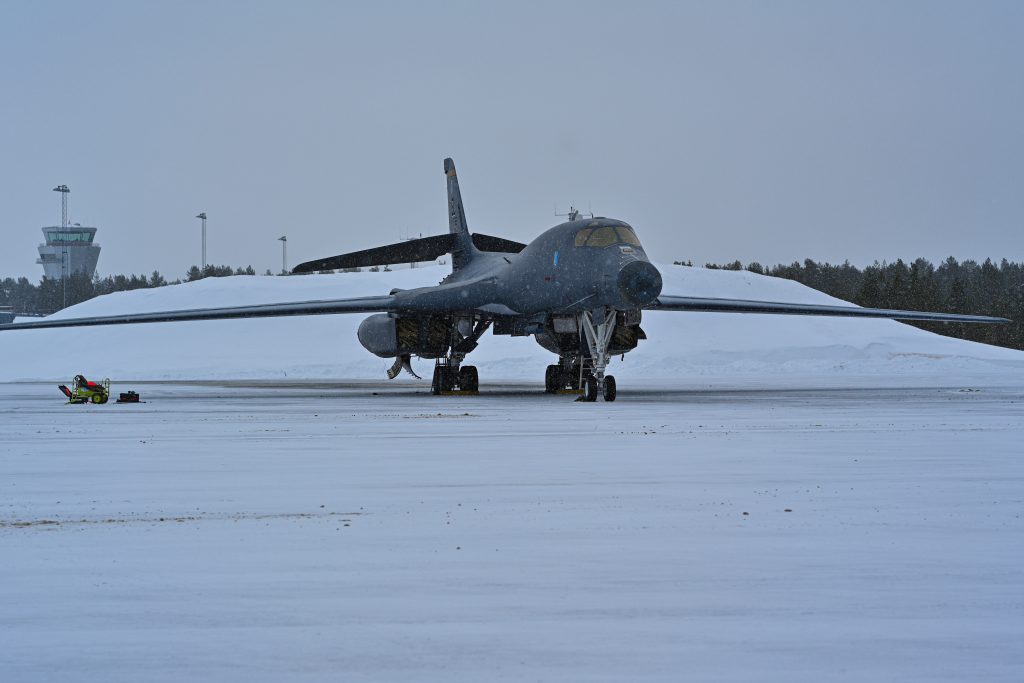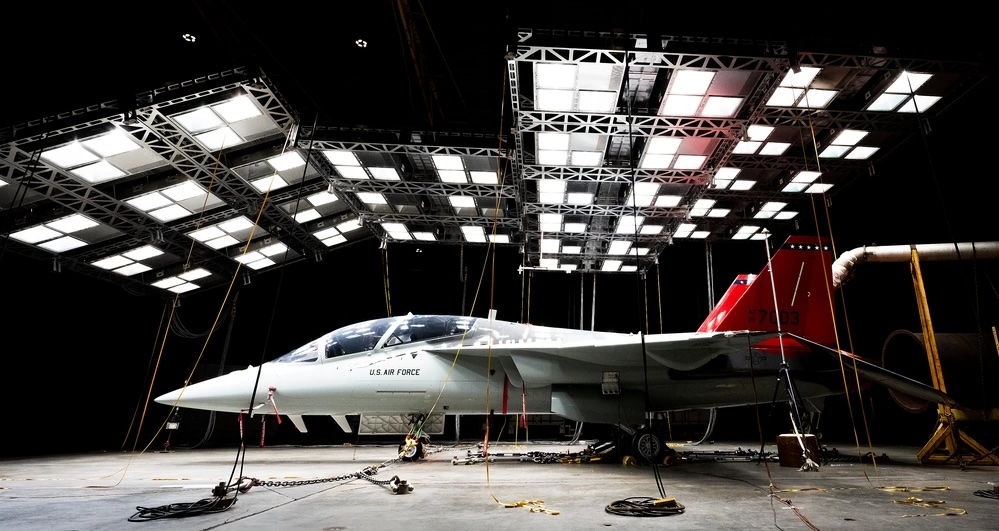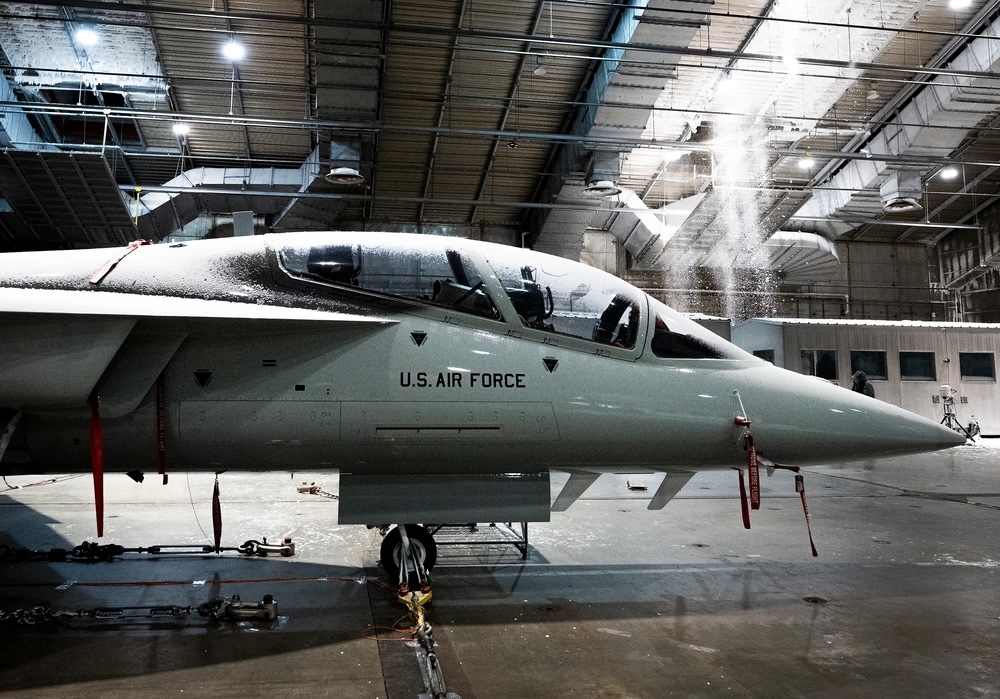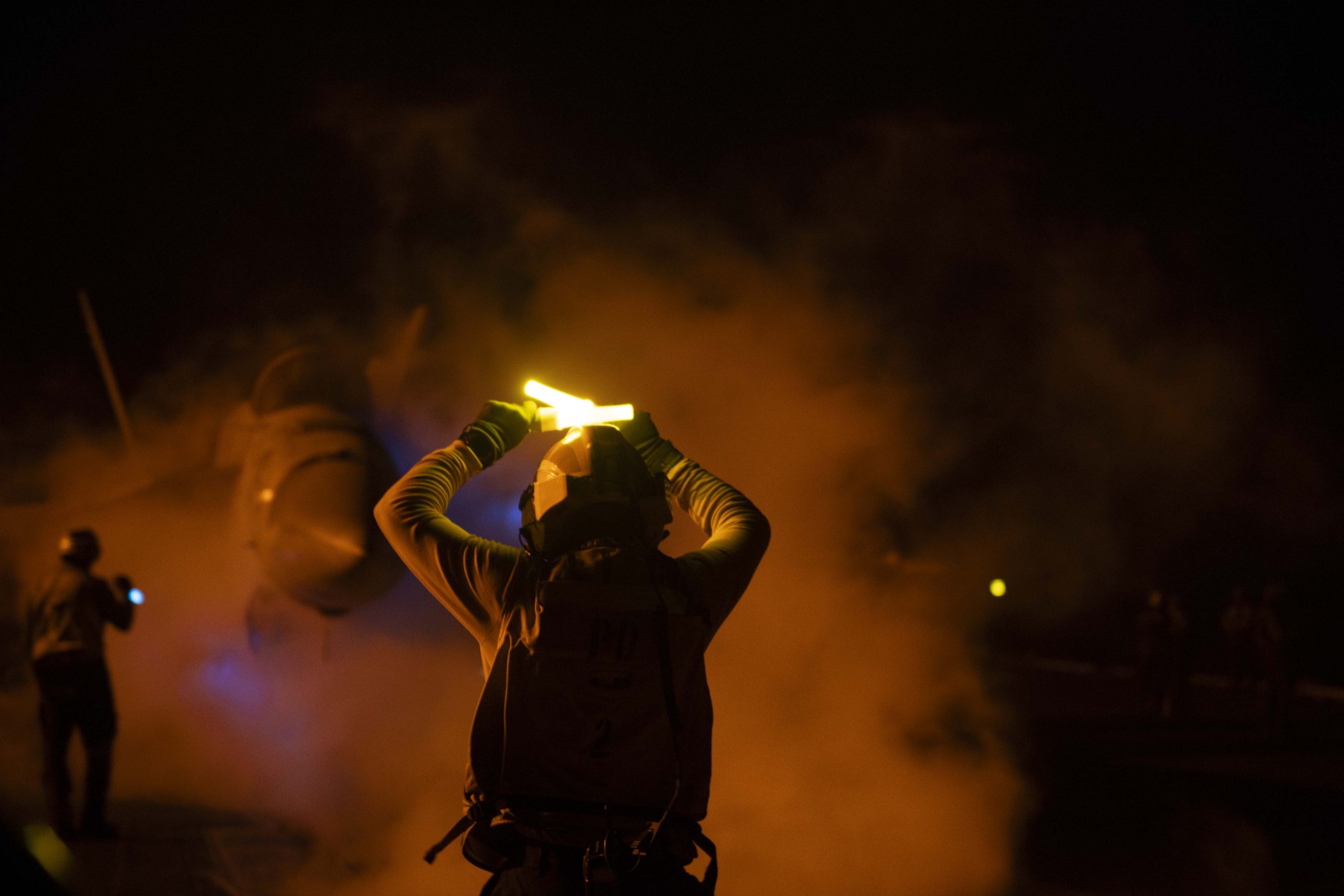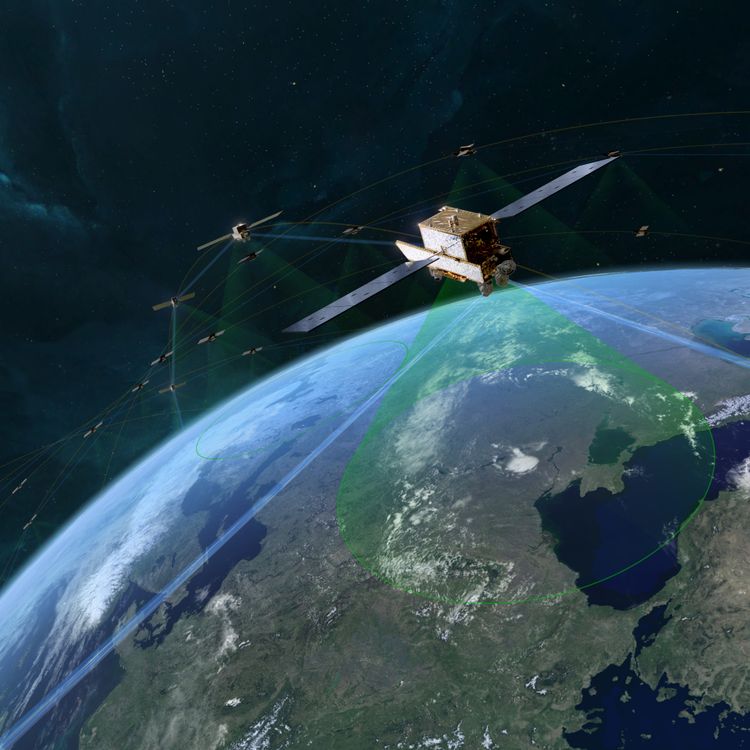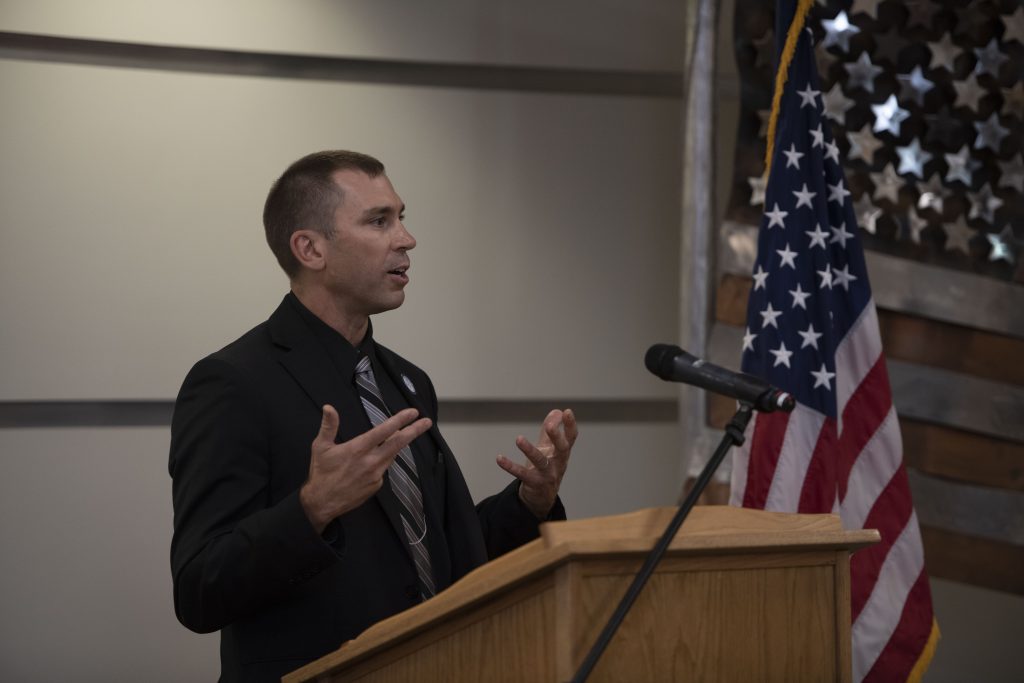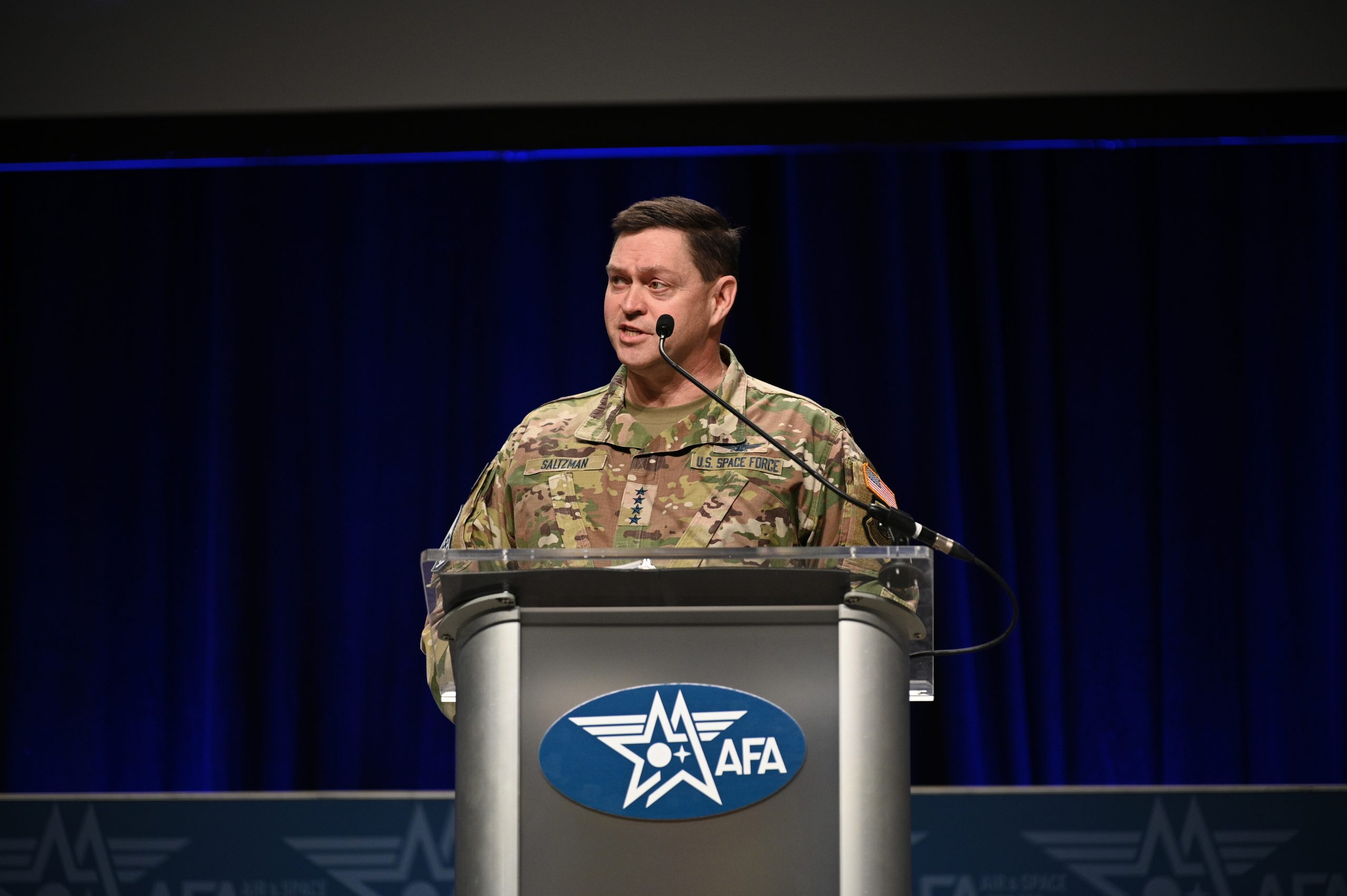The Air Force must rethink how it views the concept of air superiority in the future, Chief of Staff Gen. David W. Allvin said Feb. 28.
“It’s cost prohibitive to be able to say that we’re going to build enough Air Force to do it the way we did before and have air superiority for days and weeks on end,” Allvin said at a Brookings Institution event in Washington, D.C. “That’s probably not affordable. It’s also not necessary.”
Instead, a more pragmatic approach is needed, he said, with the Air Force working with other services to determine when the U.S. must control the skies.
There is a “cost imposition on us to do that all the time,” Allvin said.
The conflict in Ukraine, with a mutually denied air environment due to extensive air defenses, has led to limited fixed-wing aircraft operations. The Ukrainian Air Force has been stymied by advanced Russian air defenses, often inside the Russian Federation, which Ukraine has been prohibited from hitting with Western weapons. The war in Ukraine has also seen the proliferation of small drones and electronic warfare. That has led to much debate about the future of airpower.
But Allvin’s takeaways on air superiority are not just informed by the conflict in Ukraine. He said he is also considering the Air Force’s concepts for operating in the Pacific in the future, in which it will have to function in a dispersed way, at least on the ground.
“If we’re going to operate in that contested environment, we need to be able to move in a theater to be able to disaggregate for survival but aggregate for the greatest combat effect,” Allvin said. “That’s a different way of war fight.”
In the past, the U.S. military has operated with air superiority as a given. Military campaigns such as Operation Desert Storm were predicated on eliminating enemy air defenses before troops got into combat. In the counterinsurgency fights in Iraq and Afghanistan, the Air Force operated in the skies uncontested.
“We would build our forces and then be able to roll back air defenses of the adversary, establish and sustain air superiority in order to maintain an unfair fight for a combined arms fight in all domains,” Allvin said. “Wars are unwinding faster and faster. This requires a different mindset for Airmen.”
“It’s a shift from saying, first we establish and maintain air superiority so we don’t have to worry about that, and we can do the rest of our operations within that, whenever and forever,” Allvin added.
The Army is also rethinking some fundamental concepts, ditching a new manned helicopter in the works in favor of drones and most recently unveiling a new force structure that places more emphasis on air defense, long-range weapons, and “multi-domain effects.”
All the services are attempting to align better under a Joint Warfighting Concept affirmed last summer.
“You don’t have air superiority just to have air superiority,” Allvin said. “It’s to enable other joint warfighting objectives.”
Allvin’s comments were not the first time he has suggested the Air Force may take a different approach to some of its fundamental concepts. During his State of the Air Force address at the AFA Warfare Symposium on Feb. 13, he said there would need to be “reinvention” of airpower.
Still, Allvin said Feb. 28 that he was not suggesting the service should resign itself to a future defined by mutually denied airspace, as in Ukraine.
“To me, it shows that airpower is still just as important as ever,” Allvin said. “If we intend to do operations from an area in which they are intending to deny us, then the way to defeat that denial is to be able to have a more effective … operation to where we can apply mass and apply superiority in a way that can overcome whatever they have in that given space in that given time, for that certain effect. It doesn’t have to sustain beyond that.”
